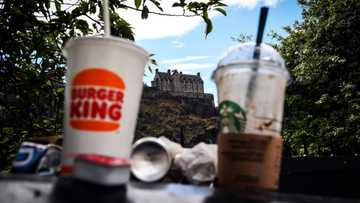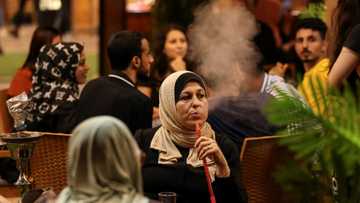Six months on, shelling becomes new normal in Mykolaiv
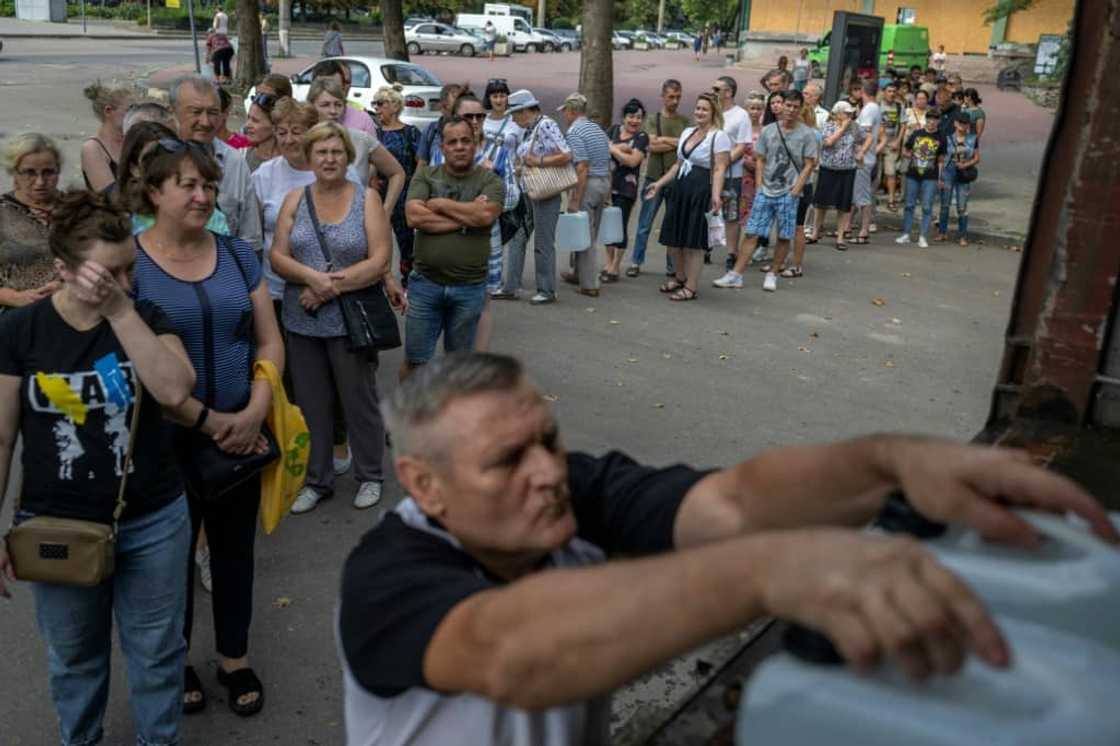
Source: AFP
New feature: Check out news exactly for YOU ➡️ find “Recommended for you” block and enjoy!
Six months since the start of Russia's invasion, residents of Mykolaiv feel dread and resignation as the daily shelling of their city in southern Ukraine becomes the new routine.
In the city's Sukhii Fontan (Dry Fountain) district, a dozen people holding empty canisters chat as they stand in line for drinking water.
Fighting in April put a water pipeline out of service.
The water has started running again but it is salty and the only way to get drinking water now is to go to distribution points set up in each district.
But water is far from the main concern.
"There was an explosion next to my place recently. It's awful, but the scariest part of it all is that I have adapted," said Eva Gudzon, a 35-year-old singer and photographer.
PAY ATTENTION: Follow Briefly News on Twitter and never miss the hottest topics! Find us at @brieflyza!
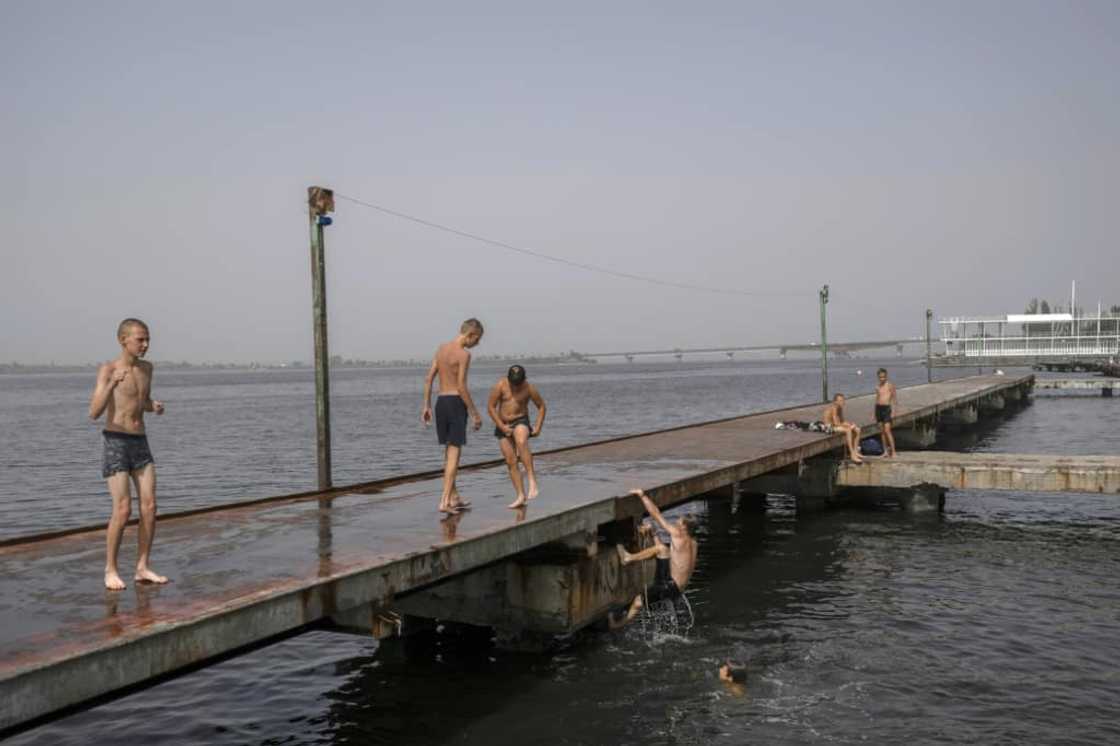
Source: AFP
"I don't sleep at night anymore. I just lie there, waiting for the strikes. It messes with my internal clock, and I still have to take care of my children during the day," she said.
Mykolaiv, which lies on an estuary just off the Black Sea, was almost encircled and seized by Russian troops at the beginning of the war.
It was a critical objective for the Russian army, which was hoping to secure a path to Odessa -- Ukraine's largest port -- and eventually seize control of Ukraine's entire Black Sea coast.
To avoid this fate, Ukraine put up a fierce fight and managed to drive Russian forces back.
Russia's grip around Mykolaiv has loosened since then, but the shelling never stopped.
The deadliest one, a strike on the administration's buildings on March 29, killed 37 people, including many city employees.
'Keep living their lives'
The economy is in a shambles too.
The city used to be home to 500,000 people. Now, the port is under Russian blockade, and shipyards are at a standstill.
Some are managing to catch a breath: teenagers, wilfully ignoring the "swimming is prohibited" sign, have taken over a deserted yacht-club.
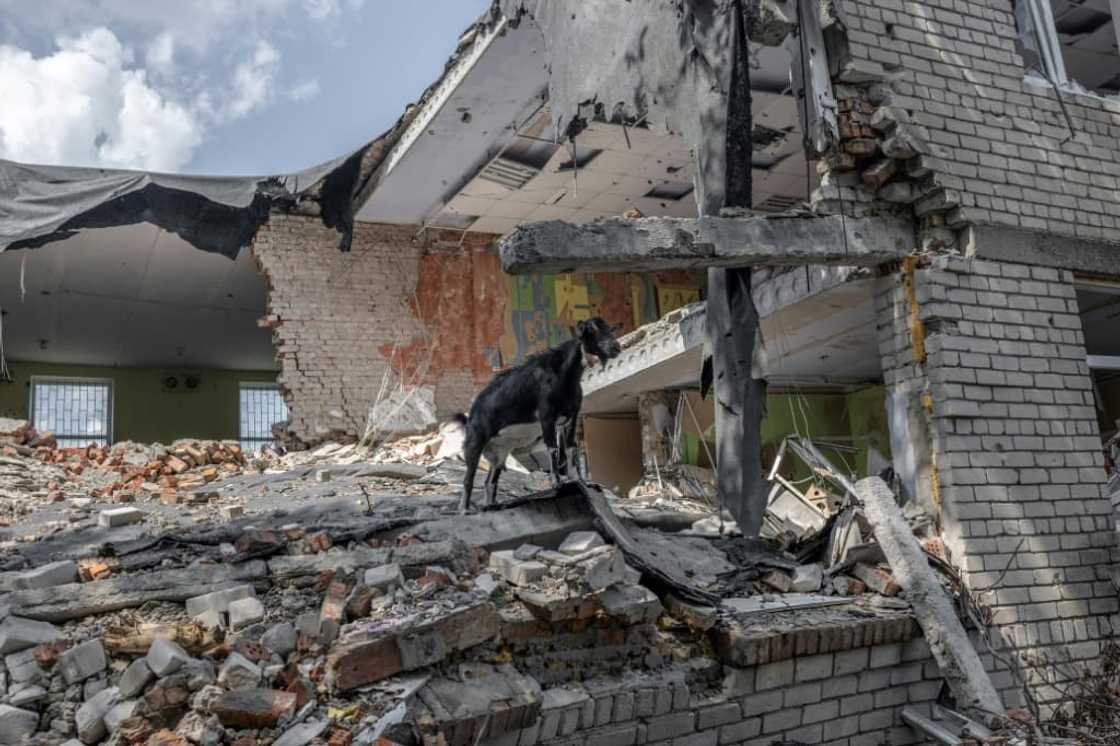
Source: AFP
The centre of the city and its restaurants are also surprisingly lively. Most clients are off-duty soldiers like 33-year-old Mykola.
"It's a sad thing to say, but people are starting to get used to it, they try to keep living their lives like before," said Mykola, who comes from Russian-occupied Kherson, where his family still lives.
This alarms Valentyn Raylan, a Red Cross volunteer planning to spend the evening repairing his mother's roof after supervising the day's water distribution.
"It's dangerous to get used to these strikes. People need to keep going down to shelters," Raylan said.
The air-raid sirens regularly blasting up in Mykolaiv are mostly ignored by passers-by, despite explosions reminding them that the frontline is only around 20 kilometres (12 miles) away.
The most dangerous time is at night, when strikes on the city intensify.
'Ukraine is suffering'
Two universities were damaged in July. On August 1, a medical centre was hit, along with a warehouse where about 100 tons of food burned, according to Mykolaiv governor Vitaliy Kim.
But two strikes of August 17 and 19 on Petro Mohyla University, the city's most well-known higher education institution, did not deter its rector from announcing that classes would resume in September, as usual.
Among the victims of the overnight strikes were Ukraine grain tycoon Oleksiy Vadatursky and his wife, who were killed in their home on July 31.
For some, the strikes will never become normal.
Among them is Andrii, a 40-year-old docker whose father was killed along with 11 others in a strike on April 4.
"When you actually hear an explosion, when you hear sirens, or a roof falling down... it's really something else, it's terrifying," Andrii said.
"People are suffering, the city is suffering, Ukraine is suffering. No one expected this. But we stand firm."
New feature: check out news exactly for YOU ➡️ find "Recommended for you" block and enjoy!
Source: AFP

